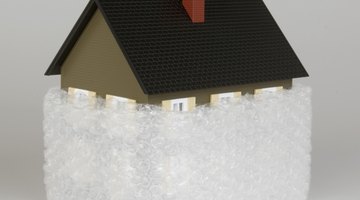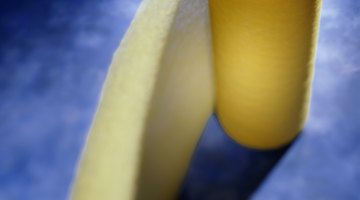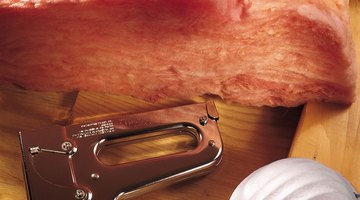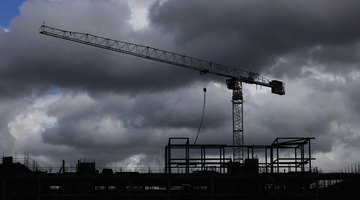With the focus of many governments and businesses today on reducing energy loss and being more environmentally friendly, loft insulation comes in for close examination. To dictate and guide housebuilders on how to construct units to an energy-efficient standard, the UK government issues approved Building Regulations.
Building regulation

Parts L1 and L2 of the UK Building Regulations deal with the conservation of fuel and power, dealing with insulation, both cavity and loft. These regulations came into effect on 6 April 2006, and every housebuilder is bound by law to adhere to these rules and regulations.
Thickness

Current Building Regulations state that loft insulation should be 270mm (10.62 inches) thick to provide the best thermal properties. This thickness will probably rise in the future, as the promotion of constructing an energy-efficient house gains more prominence in the minds of UK government officials.
- With the focus of many governments and businesses today on reducing energy loss and being more environmentally friendly, loft insulation comes in for close examination.
- Current Building Regulations state that loft insulation should be 270mm (10.62 inches) thick to provide the best thermal properties.
Insulation materials

Although the Building Regulations do not state what material the loft insulation must be, blanket insulation is the most common form, on account of its ease of installation--simply rolled between the horizontal beams of the trusses. Other insulation options include granular insulation and blown fibre insulation.
New build vs. existing

Whilst all new build properties have to adhere to Building Regulations, homeowners looking to renovate or extend existing properties may question whether the Regulations apply in their case. The UK government states that any adaptations to existing buildings must comply with Building Regulations, and this applies to loft insulation. Therefore, an extension may have better loft insulation than the rest of the house, purely because of when it was constructed.
